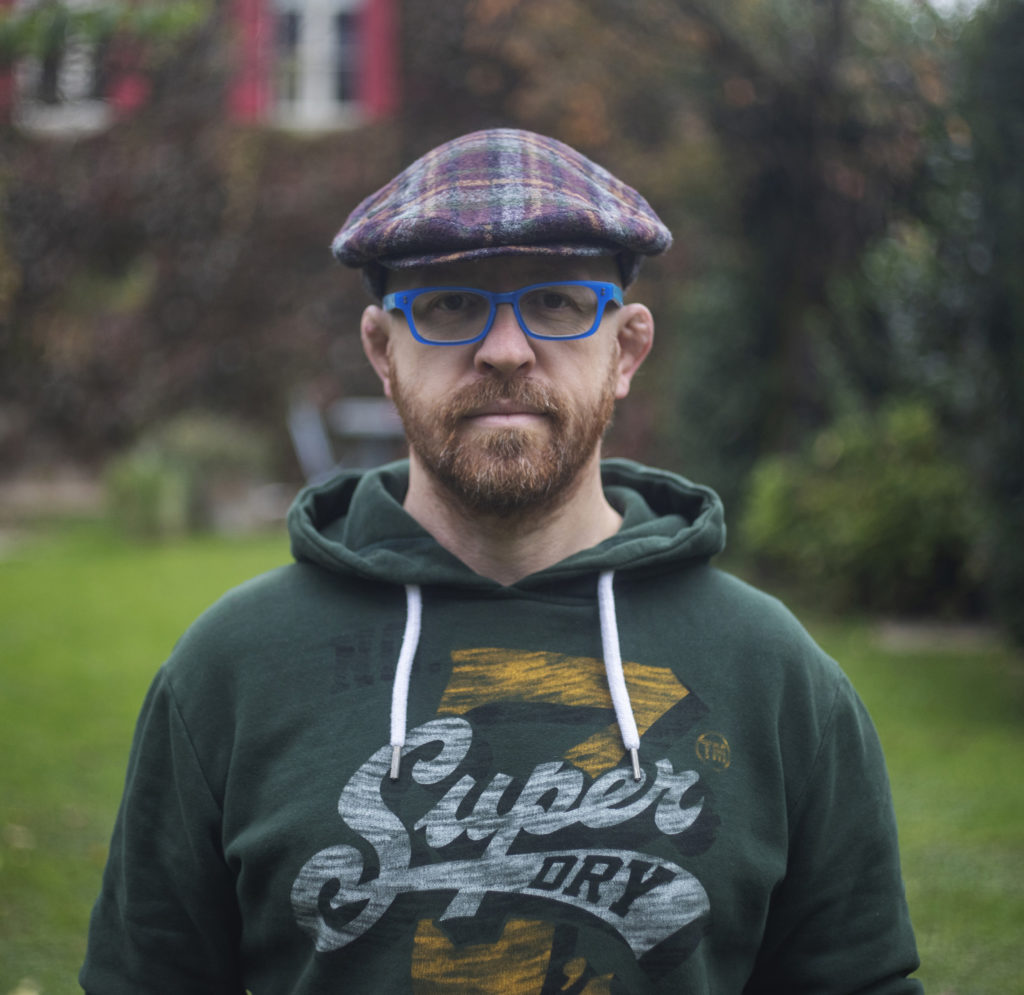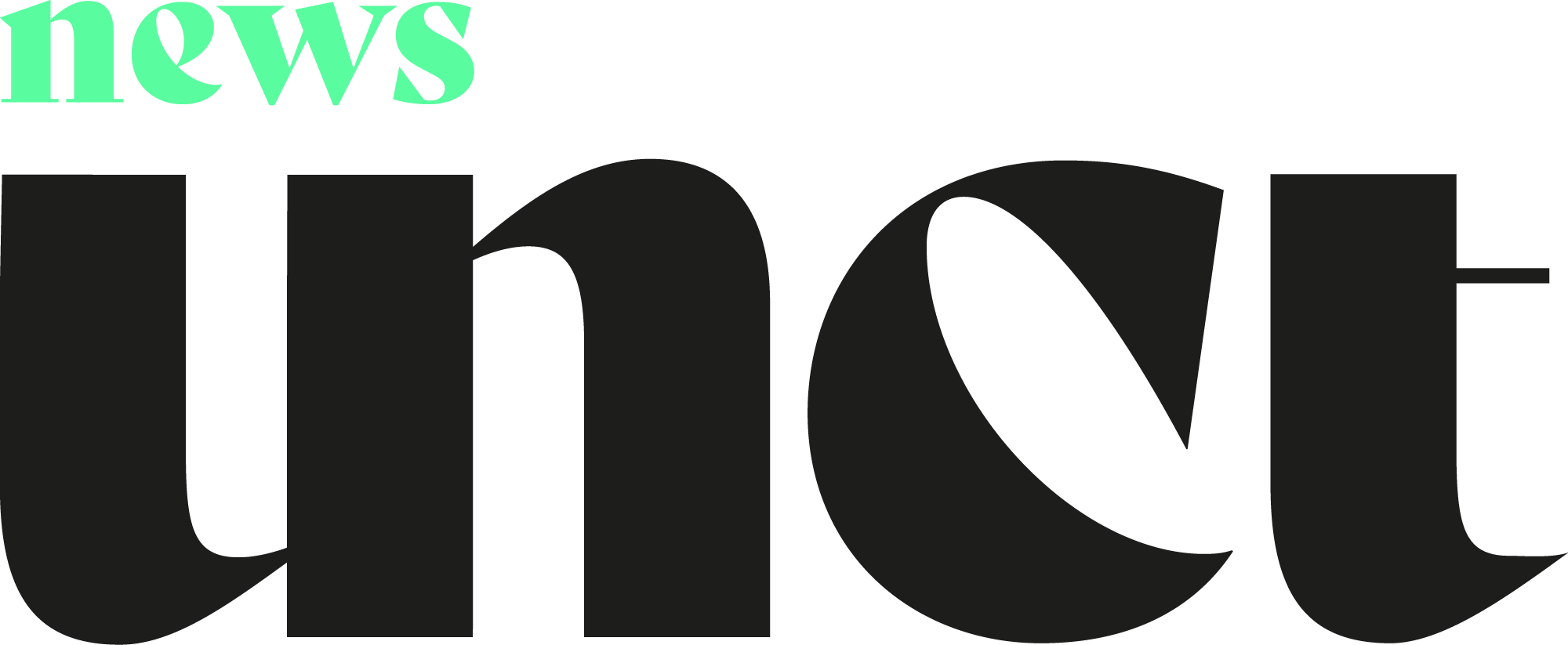
Born, in 1974 in Padova and now based in Piazzola del Brenta, Andrea Tonellotto sits down with Uncontaminated to discuss photography, his art form, his processes and his background.
Tonellotto’s photographs have been published by international magazines and are exhibited in Italy and abroad. During Milan Fashion Week 2015, the stylist Giulia Marani presented a fashion collection inspired by his polaroids. In 2018 he published his first book “Just a perfect day”. The second edition of the book was presented in 2020. His work “Rationalism” about the town of Tresigallo, was among the finalists of the Architecture Photography Prize at Mia Photo Fair.
1. Was there a defining moment when you reached a decision to photograph and to incorporate the practise more permanently in your everyday life?
I’ve always taken many photographs, but the day that I snapped my first pack of Polaroid Artistic TZ, I said: Here it is– this is what I want to do. Shortly after they stopped producing them, and it was there that I realised that this would be a life of suffering!
2. Tell us about your background? How has this shaped your practise?
I was born into a family of artists, and I became quite accustomed exhibitions and books on art since a young age, and I am sure this influenced me. Then, in truth, I believe that if one is born with the strong need to express and share one’s emotions and ideas, sooner or later one finds the way to do so, in my case it was photography.
3. Are there any artists in particular that have inspired your practise?
Andy Warhol, Edward Hopper, Giorgio de Chirico, Giorgio Morandi, Fortunato Depero, Felice Casorati, Lucio Fontana, Jannis Kounellis, Paolo Gioli, Alberto Burri, are some of the artists whose works I would never tire of, looking at. Surely this diverse group helped shape my way of photography and my love of colours.
4. How would you define fine art photography?
For me it means taking care of all the details carefully and creating each work leaving very little to chance, unless randomness is a central element in the composition. From this point of view, even instant photography, as I understand it, can be considered fine art. Even if I admit that it’s not a definition that excites me that much.
5. Can you walk us through your process?
When an idea comes to me, whether it concerns urban spaces, a theme that I love very much, or self-built sets, the first step is always deciding when to take the photos. Climatic conditions, season and time are all parameters that considerably influence the rendering of the Polaroid emulsion. Then I go to the place and “get lost” walking and observing. I usually go back to the same place (or to the same subject) several times in order to have the same subjects shot at different times and with different light conditions. At this point I put everything away for a while (months, but in some cases even years) and focus on something else. When I feel it’s time I take out the photos and put them together on the table for the first time: the most beautiful part of my work begins, the choice of photos and compositions.
6. There is an increased focus on the intersections between art, environmental, sociocultural, and economic awareness. How do you see yourself interacting with this discourse?
Surely, even going around the most important fairs, one can pluck a certain attention of the art world and therefore also of photography towards current ethical issues. When I work on a project, my attention is mainly directed towards, formal and chromatic research, rather than towards more or less explicit messages to be launched. However, as a journalist once pointed out to me, the choice not to show people in my photos or even the very way of proposing them, could already be interpreted in itself as a message.
7. How has your personal style evolved and changed overtime?
In reality, I actually think my style has changed very little. If you saw the photos I took on film, 35mm first and medium format later, you could see how the subjects and the way of photographing them are extremely homogeneous. What changed were the support with which I record the images, and consequently the way of interpreting the subjects, but the atmosphere remains somewhat similar. Rather cyclically, I feel the need to change and do something new, and here are the works on self-built sets. From this point of view, the Covid period gave me a big push as it forced me to work at home and therefore find new points of creation.
8. What do you consider to be your biggest professional achievement?
My work “Rationalism”, which won the Architecture Photography Award at the MIA Photo Fair. This winning brought me a lot of satisfaction both in terms of publications and as appreciation among professionals.
9. What advice would you give someone who would like to become a photographer today?
My advice is very simple: try not to make it a job.
10. Are there any future projects that you are working on that you would be happy to share?
If Polaroid were to decide to produce 8×10 films continuously, I could continue the project I’ve been making with this medium. Working with an optical bench and instant film is extraordinary and is really inspiring powerful emotions.

